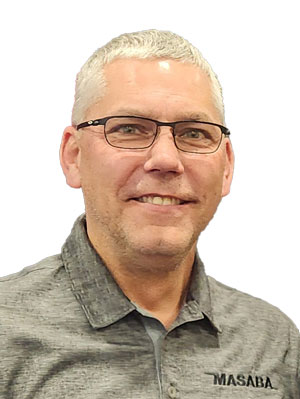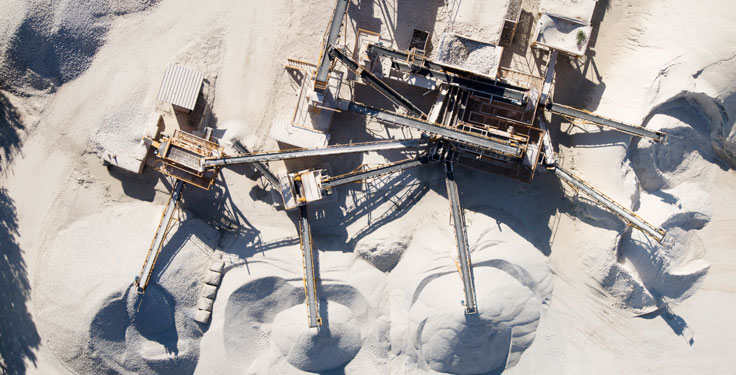
P&Q sat down with Masaba’s Kirby Cline at MINExpo International 2024 to discuss equipment trends, custom fabrication and what he expects to transpire within the industry in 2025 and beyond.
What equipment and technology trends are you currently seeing in the industry?
People within the company and I are looking at ways to better monitor equipment. [In terms of] the people working on or with the equipment, it’s difficult to fill those roles and retain those roles.
Technology centered around sensors, switches and similar components is really playing a big factor in monitoring heat, vibration and other factors that could affect the equipment or cause premature failure.
With staffing continuing to be a challenge, are producers looking upstream to dealers and manufacturers to help with monitoring by pushing alerts along when something goes awry?
The local support is always going to be a key. When you talk about who’s monitoring it, it’s twofold. It could just be locally through their system, or it could be through our technology that we have. We see warning signs or flashing lights saying there’s a fault somewhere in the PLC. It can be on both levels, depending on how in-depth you get with it.
What do you anticipate for the rest of this year?
Historically, election years are slower years for manufacturers in our industry. We all kind of knew that going into it. I think we had another level of challenge this year, and it was that 2022 and 2023 were banner years. We sold a lot of standardized equipment in those years because we had to be able to deliver to our dealer base. We focused on that. I see 2025 and 2026 being more in the custom or semi-custom realm of equipment.
What is driving the interest in custom equipment for producers and end users?
Speaking for [Masaba], we’re more known as a portable manufacturer. The custom side to us is going to be stationary [plants]. We are also seeing people getting bigger on the equipment they’re buying. They want to be able to produce more, or they want to have a capacity so they don’t run as many hours.
It goes back to the labor force again. Employees are demanding what they want. If that’s 40 hours a week, that’s what they’re getting. If it’s 32 hours a week, that’s what they’re getting. Manufacturers have to work around those schedules. Those are the challenges we’re faced with.
What are your feelings about 2025? Optimistic? Cautious?
I think 2025 is going to be a killer year for our industry in general. There are a lot of projects out there. Our industry waits for the election to be over, and it doesn’t matter who gets in – they just become OK with it. They might not like it. They might love it. But they still end up spending their money on new equipment because they must keep up, or they’re operating a piece of equipment that is running itself into the ground and causing more downtime than they’re happy with.
Related: Conveying the importance of preparing equipment for winter












